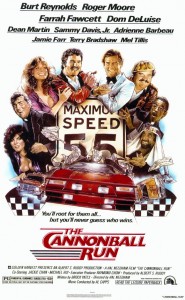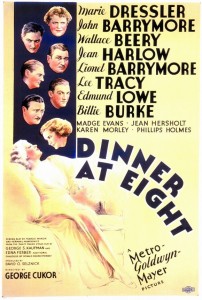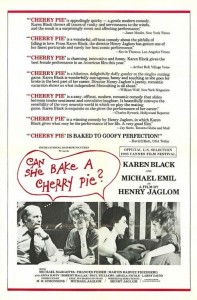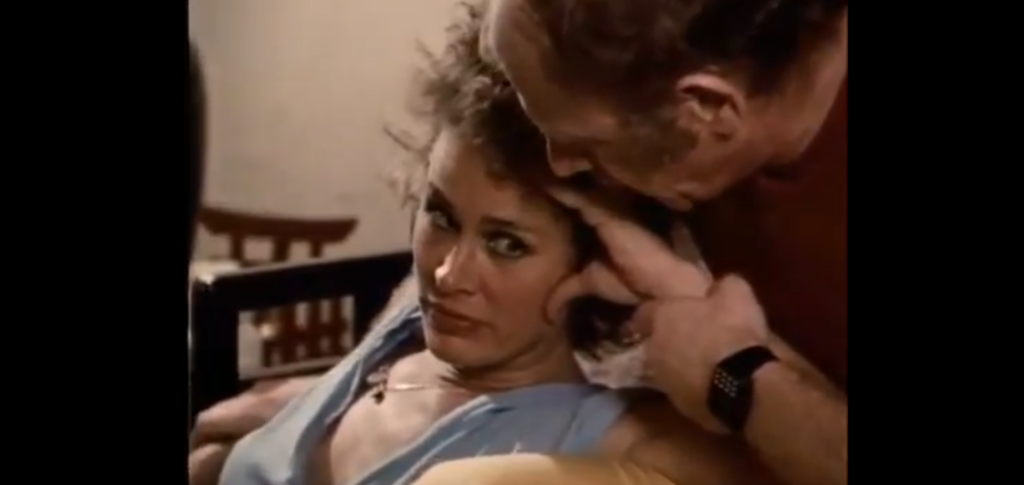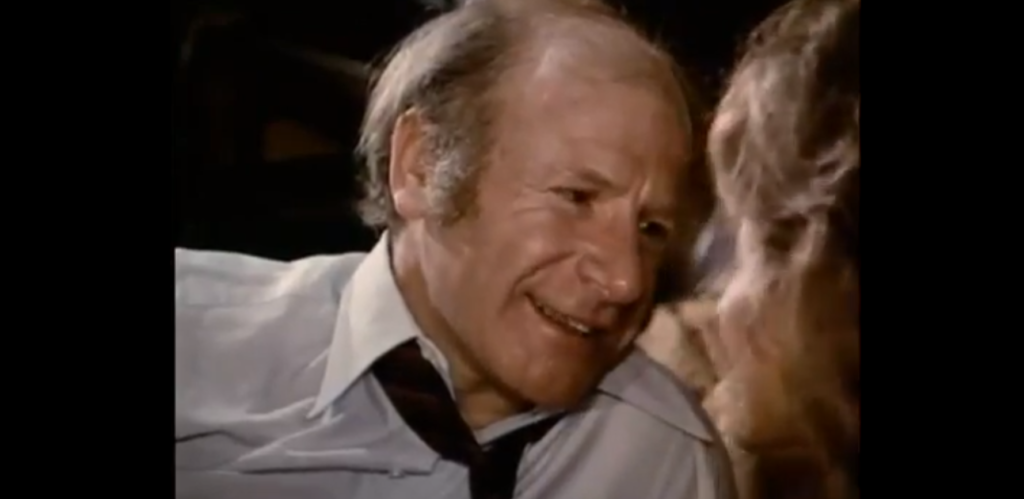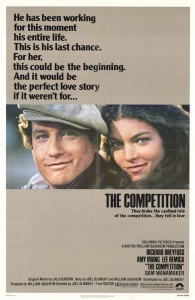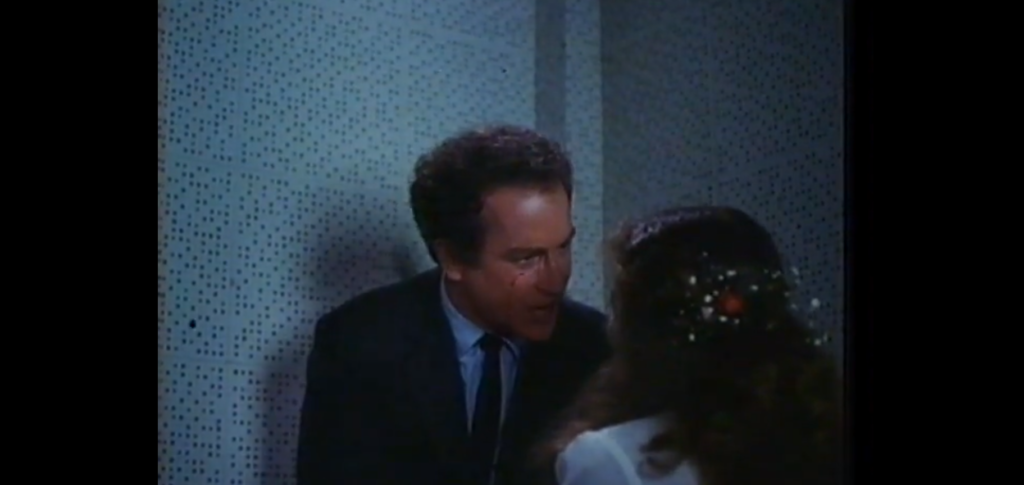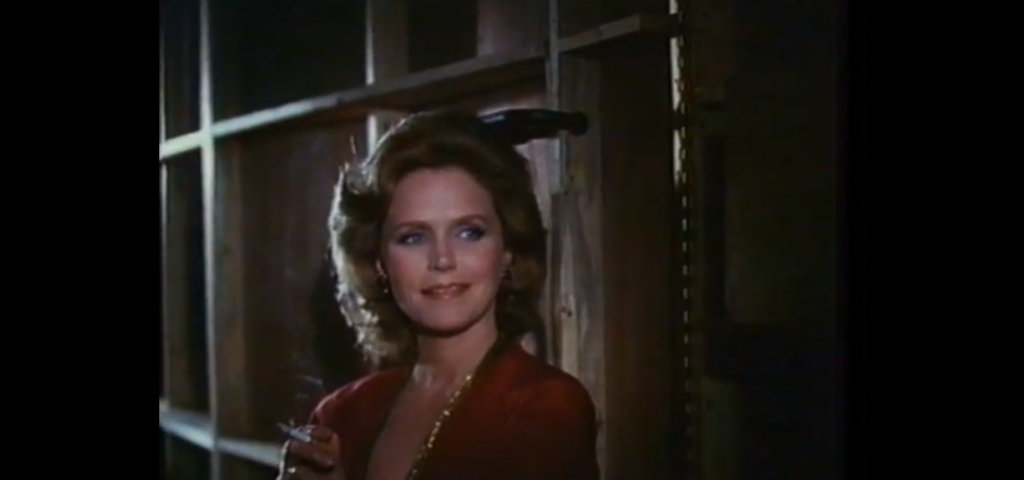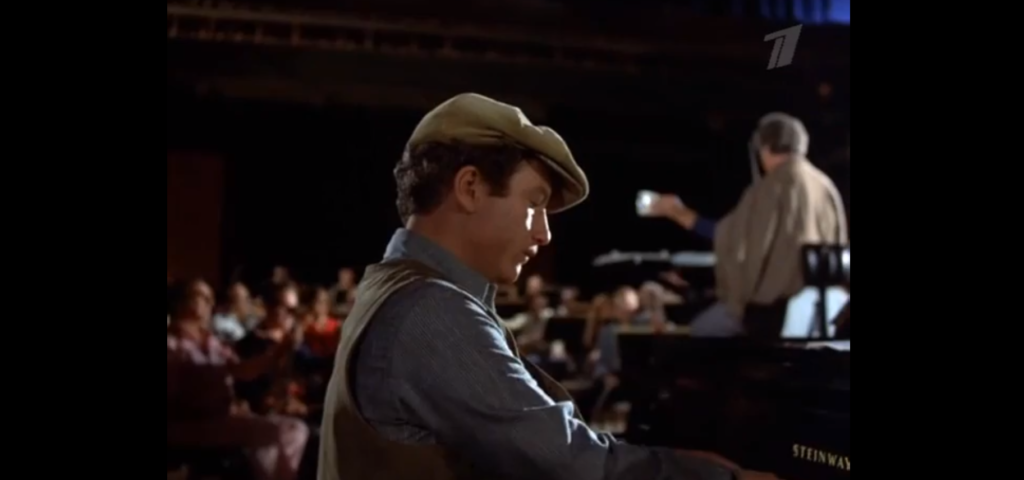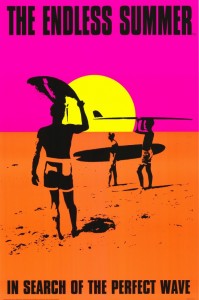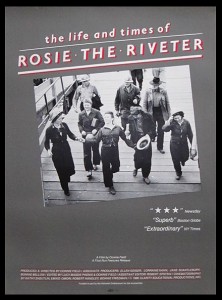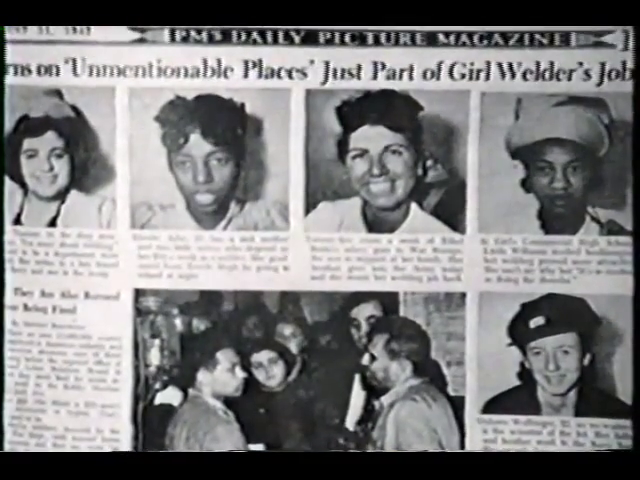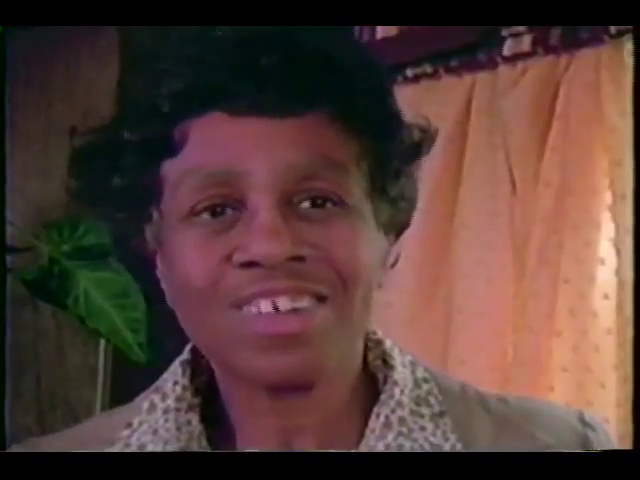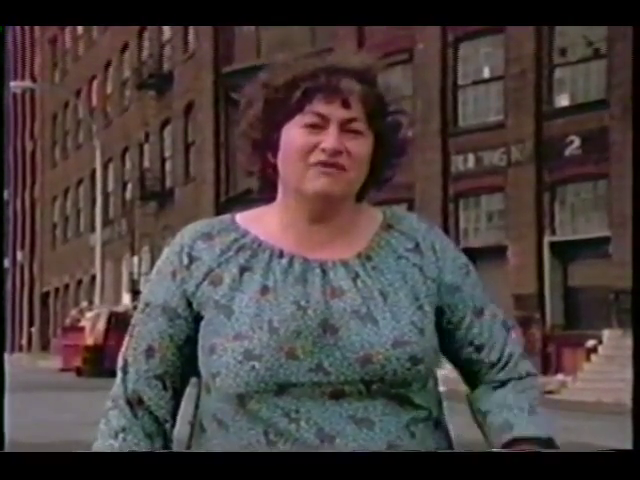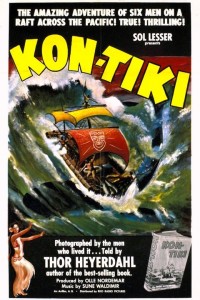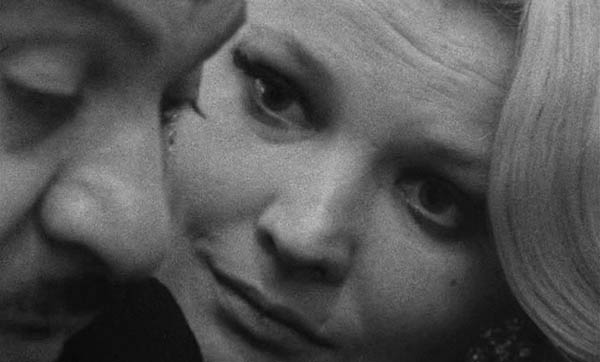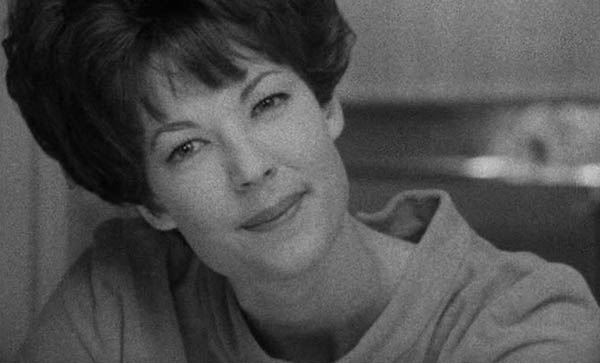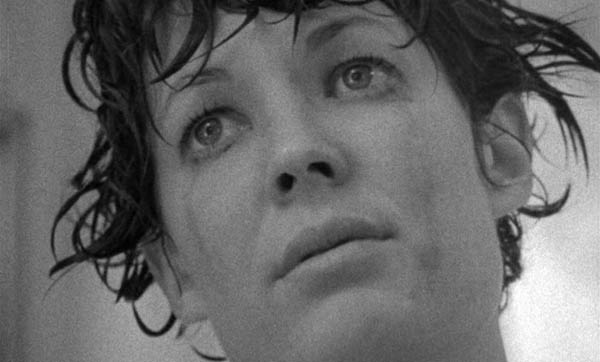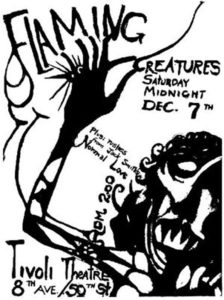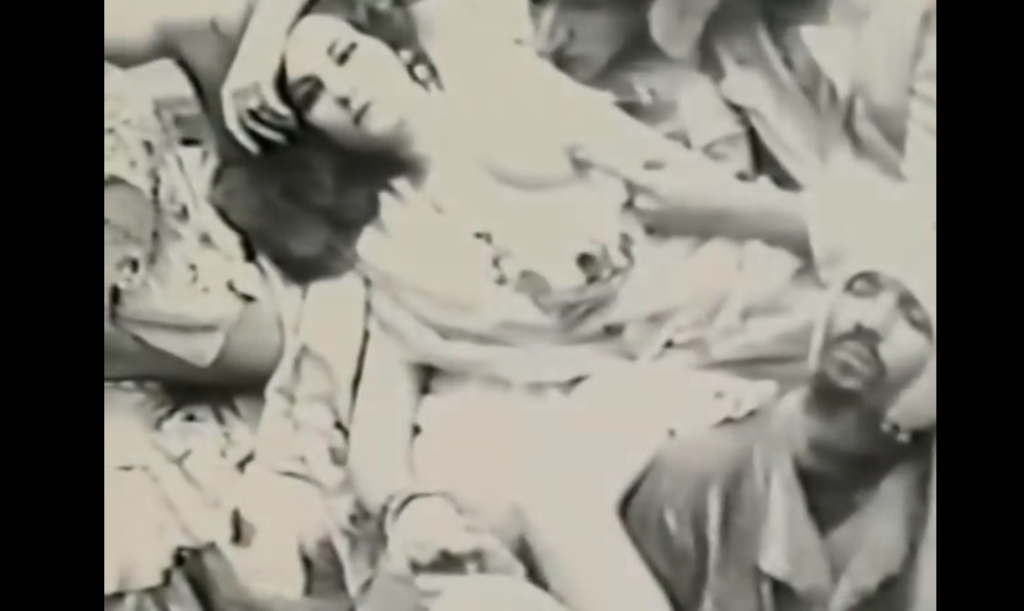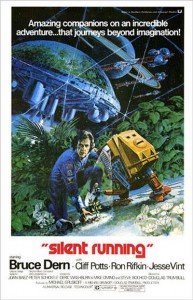|
Genres, Themes, Actors, and Directors:
- Comedy
- Ensemble Cast
- George Cukor Films
- Get Togethers and Reunions
- Has-Beens
- Jean Harlow Films
- John Barrymore Films
- Karen Morley Films
- Lionel Barrymore Films
- Marie Dressler Films
- Play Adaptations
- Social Climbers
- Wallace Beery Films
Response to Peary’s Review:
As Peary notes, this “serious-at-the-core comedy” — featuring a “once-in-a-lifetime ensemble” cast — effectively shows how “women are able to adapt to their situations, overcoming their problems and taking control, while the man always are more passive.” Indeed, it’s the female actresses here — Harlow, Dressler, and Burke — who are the highlights of this surprisingly unfunny tragi-comedy, directed in an overly stagy and static fashion by famed “women’s director” George Cukor. The scenes between Harlow (who spends most of her time lounging in bed) and Beery are full of plenty of zingy one-liners, but their characters are so unappealing that it’s difficult to enjoy spending time with them. The same goes for Burke’s stressed-out housewife, who is so absorbed in social concerns that she neglects to notice her husband’s ailing health, and thus loses our sympathy as well. While Peary argues that “every expression and line by Dressler, whose talents have been forgotten by too many” is a comic gem, even her presence can’t quite lift the overall gloominess of the script. Ultimately, one watches Dinner at Eight simply to see so many of MGM’s glamorous stars performing together — and to hear Dressler’s final, classic line delivered to Harlow: “Oh, my dear, that’s something you need never worry about.”
Redeeming Qualities and Moments:
- Marie Dressler as the aging actress in financial distress
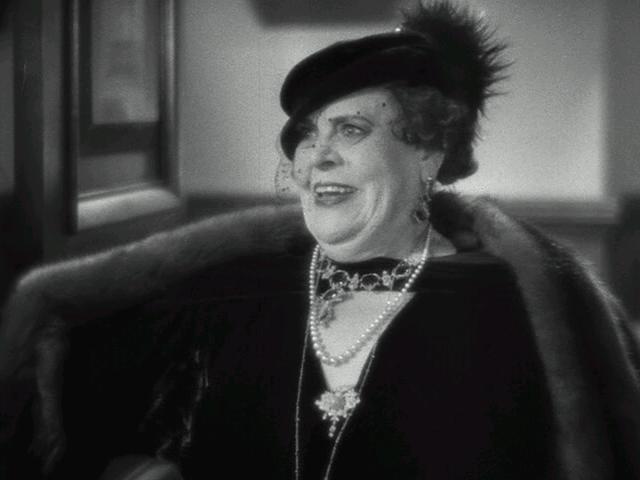
- Jean Harlow as the manipulative, social-climbing “Kitty”

- Billie Burke, perfectly cast as the nervous socialite housewife

- Luminous cinematography and art deco sets

Must See?
Yes. While dated and not nearly as funny as it should be, this remains a classic MGM ensemble film which should be seen by all film fanatics. Nominated by Peary for an Alternate Oscar as best picture of the year.
Categories
Links:
|
